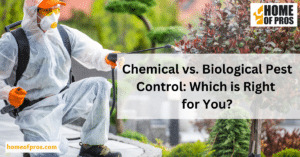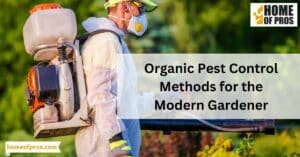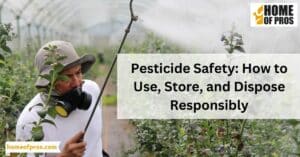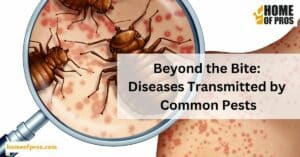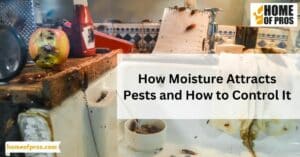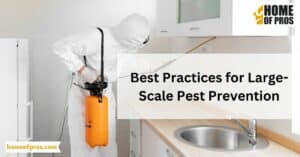Pests like dust mites, roaches, and rodents can exacerbate respiratory issues by shedding allergens in homes. Inhalation of these allergens can lead to symptoms like sneezing, coughing, and even asthma attacks in susceptible individuals. Regular pest control and home cleanliness are essential to reduce these health risks.
Jane awoke, gasping for air, puzzled by the sudden respiratory discomfort she felt. While initially attributing it to allergies or weather changes, she soon discovered an unsettling truth: the household pests discreetly sharing her home were affecting her breathing. Dive with us into the unseen impact these critters can have on our respiratory health.
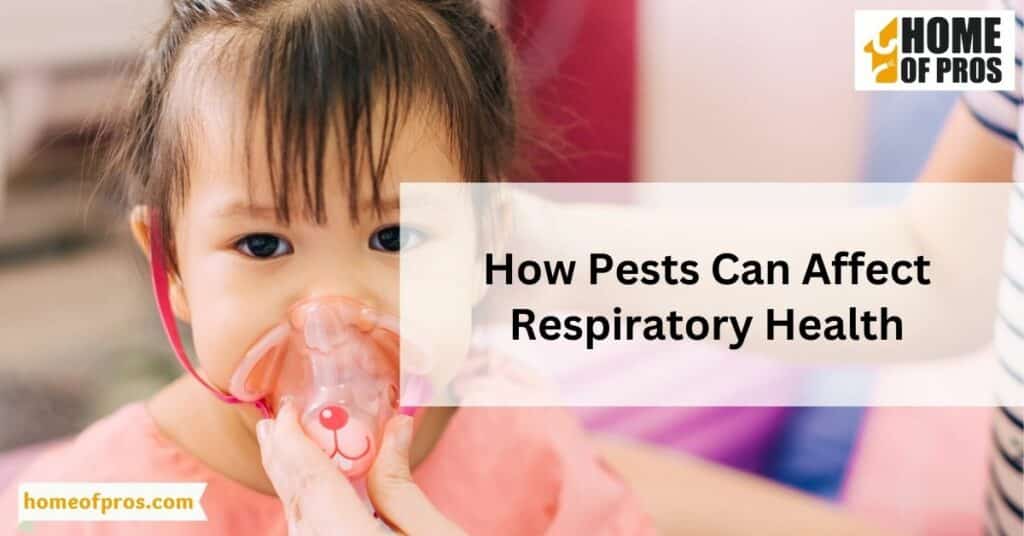
Common Household Pests and Their Allergens
While many of us are vigilant about keeping our homes clean, there are often invisible threats lurking in the corners. These common household pests not only cause unease but also carry allergens that might affect our health.
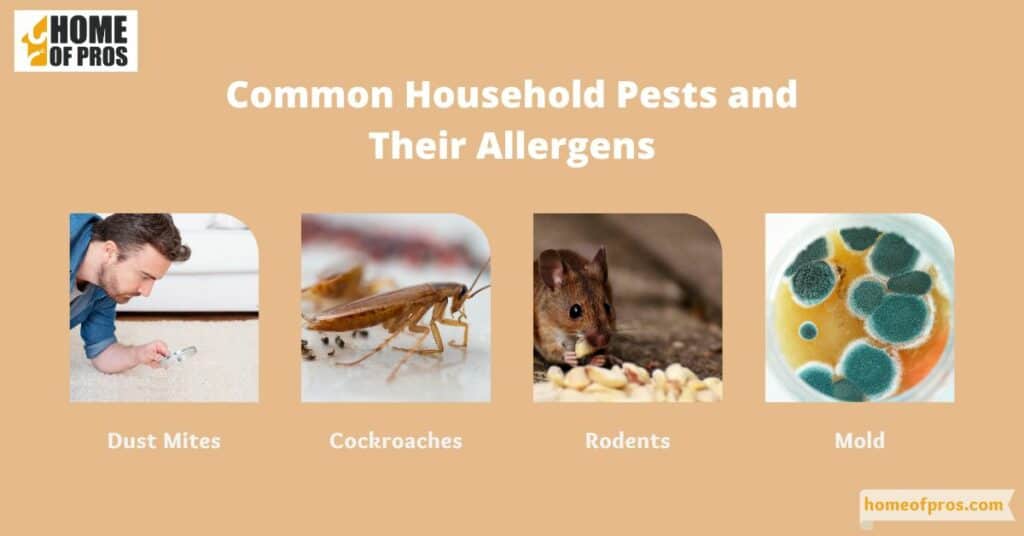
- Dust Mites: Tiny creatures that thrive in bedding, upholstery, and carpets. They feed on dead skin cells and their droppings can trigger allergic reactions.
- Cockroaches: Found in dark, moist places, their saliva, droppings, and shedding body parts contain allergenic proteins known to trigger allergies and exacerbate asthma.
- Rodents: Mice and rats leave behind urine, feces, and dander. These can cause allergic reactions and trigger asthma symptoms in some individuals.
- Mold: Thriving in damp environments, mold releases spores that can be inhaled, leading to allergic reactions, sinus infections, and other respiratory issues.
Understanding the potential threats these pests pose is crucial in maintaining a healthy living environment. Regular cleaning, monitoring, and preventive measures can significantly reduce the risks associated with these common allergens.
The Science Behind Respiratory Reactions
The respiratory system, a sophisticated network of passages and filters, does a remarkable job of purifying the air we inhale. However, it isn’t infallible. Certain substances, notably allergens, can prompt an unexpected and sometimes intense reaction. To understand why this occurs, we need to delve deeper into the science behind these reactions.
1. Inhalation
Breathing is a necessity, and with each breath, we draw in oxygen-rich air. However, this air isn’t purely oxygen. Alongside it, numerous microscopic particles, including allergens, enter our respiratory tract. While most of these particles are harmless and filtered out, some, like allergens, can cause disturbances.

2. Immune Response
The immune system is our body’s defense force. When it detects foreign entities, like bacteria or viruses, it goes on high alert. Allergens, although usually harmless, can be mistakenly identified as threats. This misidentification prompts the immune system to go into defensive mode, releasing a slew of chemicals to counteract the perceived threat.
3. Histamine
Among the many chemicals the immune system deploys, histamine stands out. Produced as a response to allergens, histamine leads to the classic symptoms of allergies. It causes blood vessels to dilate, leading to a stuffy nose and swollen nasal passages. In the lungs, histamine can promote bronchoconstriction, narrowing the airways and causing symptoms like wheezing and shortness of breath.
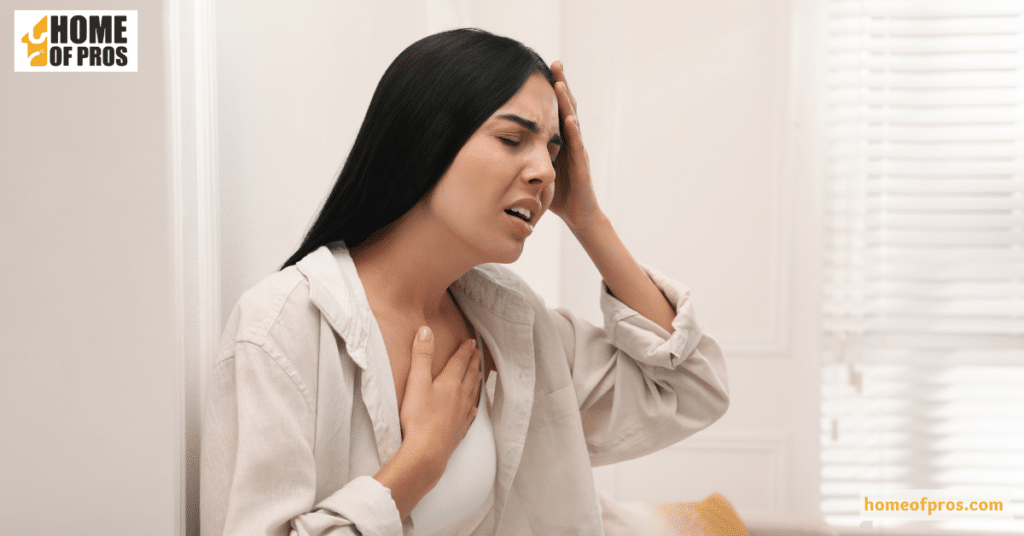
4. Allergen Sensitivity
Every individual’s immune system is tailored differently, based on genetics and environmental exposures. While one person might inhale pollen without any adverse effects, another might suffer from severe sneezing fits or even asthma attacks. This disparity is due to variations in allergen sensitivity. Certain individuals possess an immune system that is more reactive to specific allergens, leading to pronounced respiratory reactions even upon minor exposure.
Understanding allergic reactions isn’t just about labeling someone as “sensitive.” It’s a nuanced interplay between the environment, allergens, and an individual’s immune response. By comprehending the underlying mechanisms, we can better anticipate, prevent, and manage the potential complications that arise from exposure to common allergens.

Link Between Pests and Asthma
Research has consistently drawn connections between the presence of common household pests and increased instances of asthma flare-ups. Studies have shown that allergens produced by pests such as cockroaches and rodents are potent triggers for asthmatic symptoms. For example, cockroach droppings and body parts contain proteins that, when inhaled, can lead to allergic reactions and exacerbate asthma symptoms.
Particularly vulnerable are children and the elderly, who often have more sensitive or weakened respiratory systems. In urban settings, children living in pest-infested homes have displayed a higher propensity for asthma-related hospital visits, underlining the critical importance of understanding and addressing this link in vulnerable populations.
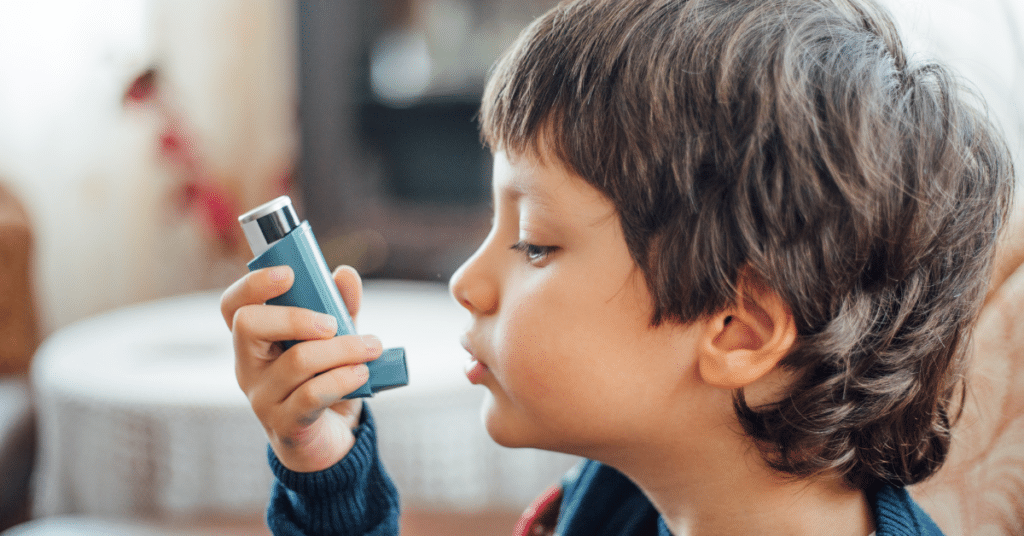
Symptoms to Watch For
Pest allergens are often silent invaders in our homes, leading to a spectrum of respiratory symptoms. Identifying and distinguishing these symptoms is the first step to managing and preventing further complications. Here’s a concise table highlighting the difference between mild allergic reactions and the more severe symptoms indicative of asthma.
Table: Symptoms Related to Pest Allergens
| Mild Allergic Reactions | Severe Asthma Symptoms |
|---|---|
| Sneezing | Wheezing |
| Nasal Congestion | Shortness of Breath |
| Itchy or Watery Eyes | Tightness in the Chest |
| Coughing | Difficulty Speaking |
Awareness is the cornerstone of health. By recognizing the varied symptoms caused by pest allergens, individuals can better advocate for their health, seeking timely medical attention and employing preventive measures in their homes.
Prevention and Mitigation
While we might be conscious of the obvious dangers and address them, the subtle threats posed by pests often go unnoticed until they adversely affect our respiratory health. Addressing this requires a blend of meticulous hygiene practices and innovative solutions. Let’s explore the most effective strategies to keep our homes both pest-free and allergen-minimized.
Integral Steps for a Healthy Living Environment:

Holistic Cleaning Regimen
-
- Depth Over Breadth: While regular cleaning is paramount, it’s the quality of the cleaning that counts. Delve deep into corners, under furniture, and inside cabinets.
- Microfiber Magic: Use microfiber cloths, renowned for capturing even microscopic particles, ensuring allergens don’t linger.
- Tech Assistance: High-efficiency vacuum cleaners with HEPA filters trap more allergens, from dust mites to pollen, ensuring they don’t get recirculated into the air.
Optimal Food Management
-
- Fort Knox Storage: Think of your food as gold. Store it in airtight containers, ensuring pests can’t access it.
- Vigilant Maintenance: Even minor spills can be a feast for pests. Address them immediately, keeping surfaces pristine.
- Trash Discipline: Ensure garbage cans have sealed lids and are cleaned routinely to prevent them from becoming pest magnets.
Collaborating with Experts
-
- Periodic Inspections: Seasonal checks by professional pest control services can spot and address infestations before they become overwhelming.
- Environment-first Treatments: Prioritize environmentally-friendly and health-conscious treatments, safeguarding both the planet and your home’s occupants.
Advanced Tools for Allergen Control
- Air Purifiers: A worthy investment, particularly those equipped with HEPA filters. They work tirelessly to remove airborne allergens, ensuring every breath is cleaner.
- Embracing Freshness: Regularly aerate your rooms. Natural ventilation can drastically decrease indoor allergen concentrations and rejuvenate living spaces.
- Mastering Humidity: Dehumidifiers play a pivotal role in homes situated in humid climates. By curbing excessive moisture, they hinder mold growth and deter many pests.
Our homes mirror our dedication to health and well-being. Through informed actions and the integration of advanced tools, we can transform our living spaces into fortresses against pests and allergens.
Seeking Medical Attention
It’s vital to recognize that while many reactions to pest allergens can be mild and manageable, some might escalate to dangerous levels. If respiratory symptoms persist, intensify, or are accompanied by chest tightness, dizziness, or severe wheezing, it’s crucial to seek medical intervention immediately.
Furthermore, when consulting with a healthcare provider, be transparent about any suspected or known pest issues in your home. This information can significantly aid in accurate diagnosis and tailored treatment recommendations, ensuring that both the symptoms and their root cause are effectively addressed.

Conclusion
The intricate dance between pests and respiratory health cannot be understated. While these tiny invaders might seem innocuous, their hidden ramifications on our well-being can be profound. Addressing pest-related challenges isn’t just about home maintenance—it’s a direct investment in our health.
By staying proactive, regularly implementing pest control measures, and not hesitating to seek medical counsel when faced with persistent respiratory issues, we arm ourselves with a dual shield. It’s not just about battling the pests but ensuring that every breath we take within our homes is as pure and invigorating as nature intended.


